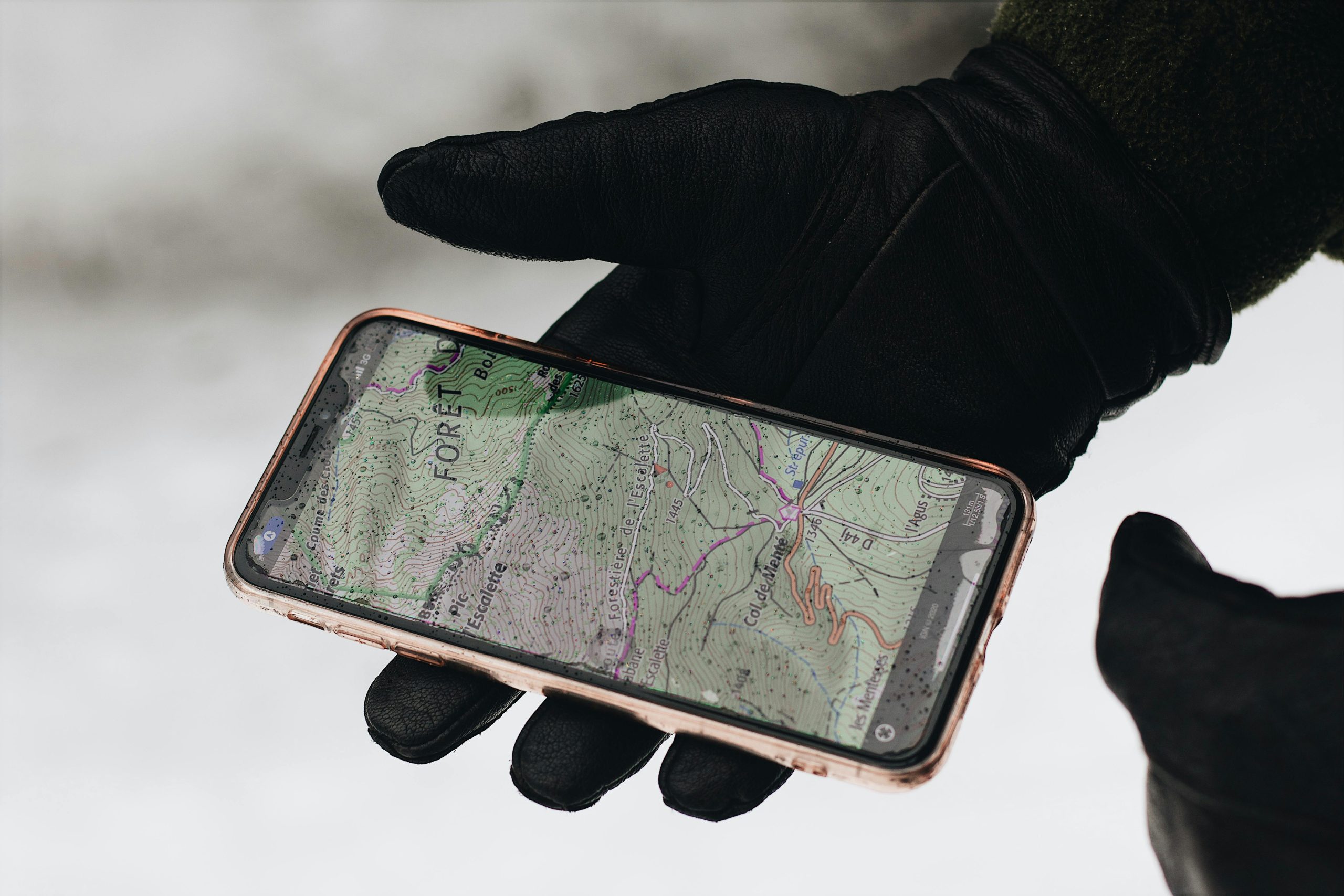Successfully Cloning My Hard Drive: Troubleshooting a Weak or Damaged Head
Recently, I undertook the task of cloning my hard drive, a process that can be quite daunting, especially when faced with potential hardware issues. In this post, I’ll share my experience and insights, particularly focusing on dealing with a weak or damaged drive head.
Cloning a drive essentially involves creating an exact replica of your existing hard disk. This task is often performed for data backup or transferring data to a new drive. However, the process can be complicated if the drive has underlying issues, such as a weakened or damaged head.
A hard drive’s head is a crucial component responsible for reading and writing data on the disks. If the head is damaged, data retrieval can become increasingly difficult, and you might encounter errors or incomplete cloning. In my case, I suspected there might be some damage as the drive had been showing signs of distress, such as unusual noises and slower response times.
To address these concerns, I employed a couple of troubleshooting techniques. First, I ran diagnostic Software to assess the health of my drive and to determine the extent of the damage. This step provided insights into whether the drive head could still function adequately to complete the cloning task.
Next, I carefully cleaned the drive and connectors, ensuring no dust or debris was impeding functionality. After that, I initiated the cloning process using reliable Software that offered advanced options to handle problematic sectors with care.
Despite my initial concerns, the cloning process was successful. The thorough preparation and cautious approach helped overcome the challenges posed by the drive’s potential weaknesses. It also reinforced the importance of using effective tools and techniques when dealing with suspected hardware issues.
In conclusion, successfully cloning a drive with a compromised head is possible with the right strategy. It’s all about preparing adequately and using every available resource to address and mitigate complications. Such experiences underscore the importance of regular maintenance and backups to avoid data loss and ensure smooth transitions when the need for cloning arises.
Share this content:




Response to Successfully Cloning My Hard Drive: Troubleshooting a Weak or Damaged Head
Thank you for sharing your experience with cloning a drive that has a potentially weakened or damaged head. Your insights are invaluable to anyone facing similar issues. As someone with a bit of technical expertise, I’d like to offer a few additional tips and thoughts that may help others in this situation.
Firstly, it’s great that you used diagnostic Software to assess your drive’s health. Tools like HD Tune and CrystalDiskInfo can provide detailed reports on drive health, including S.M.A.R.T. attributes, which can help predict potential failures. If the drive is in critical condition, consider stopping the cloning process and backing up essential data first to prevent data loss.
Cleaning the drive and connectors is another smart move. Dust buildup can cause issues you might not immediately notice. Additionally, ensure that the environment you’re working in is static-free to prevent further damage to sensitive components. Using a grounding strap can help minimize the risk of static electricity.
When it comes to cloning Software, options like